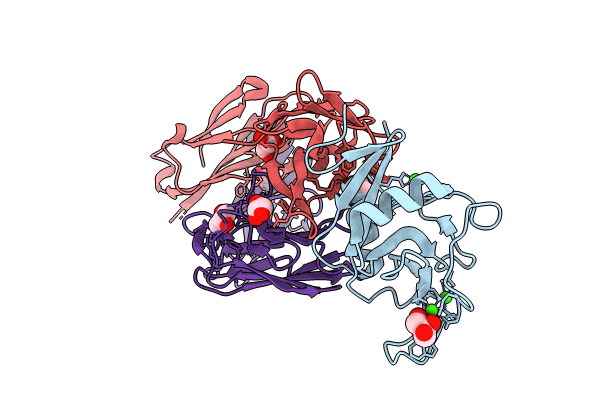
Deposition Date
2023-08-10
Release Date
2024-06-19
Last Version Date
2024-11-13
Entry Detail
PDB ID:
8TS0
Keywords:
Title:
Crystal Structure of human ASGR1 CRD (Carbohydrate Recognition Domain) bound to 8M24 Fab
Biological Source:
Source Organism:
Homo sapiens (Taxon ID: 9606)
Host Organism:
Method Details:
Experimental Method:
Resolution:
1.70 Å
R-Value Free:
0.20
R-Value Work:
0.17
R-Value Observed:
0.17
Space Group:
P 21 21 21


